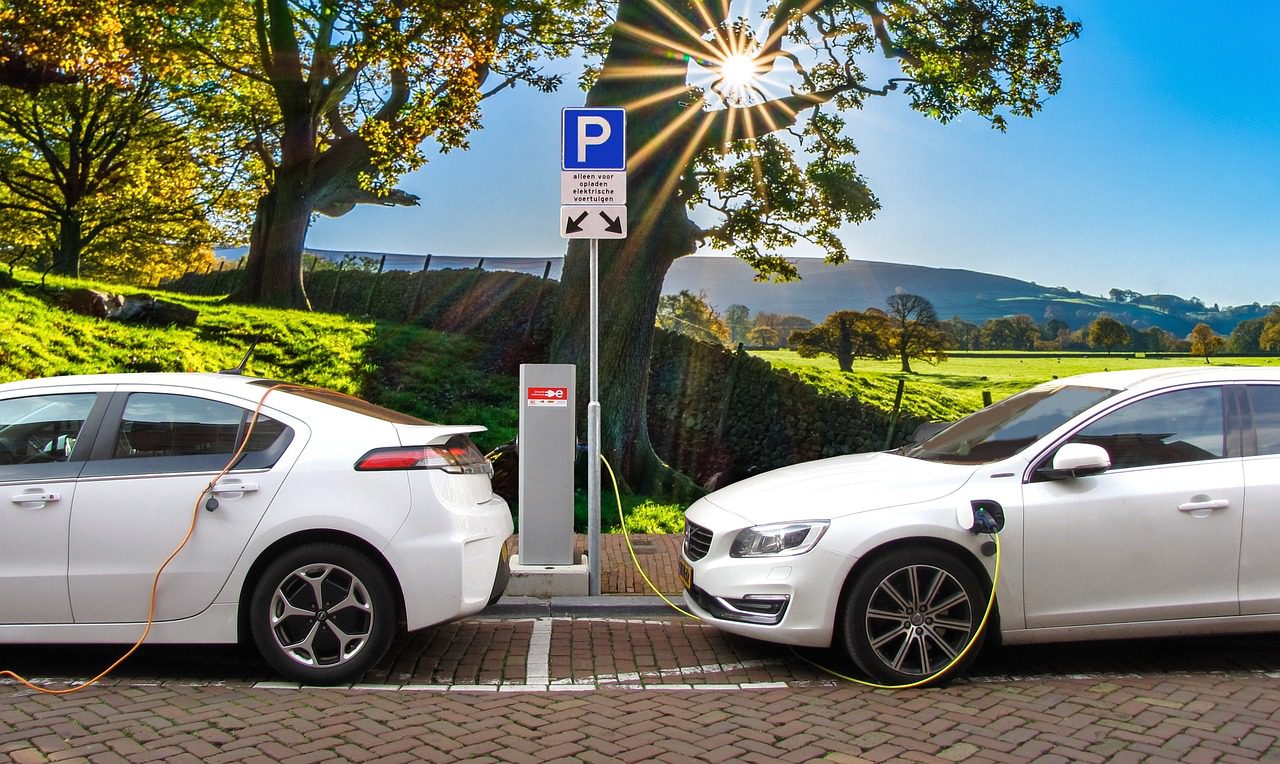
Congo, child labour and your electric car
Informal workers produce almost a third of the country’s cobalt. Can mining groups address the problem?
Kongolo Mashimango Reagen used to spend his days carrying 25kg sacks of cobalt from small mines in a southern corner of the Democratic Republic of Congo, which is so rich in minerals that large deposits can be found just metres below the surface.
Those days in Kolwezi would start at 5am and accidents were common as tunnels dug by hand in the bright red earth collapsed. Miners drank beer, whisky and smoked to get through the day, he recalls. His uncle sold the cobalt — a critical metal for electric car batteries — to local traders known as négociants, and Kongolo received free food and accommodation as his payment.
“It was very tiring, very difficult,” he says, standing on the edge of a makeshift football pitch by a school in Kolwezi in the DRC’s south-east. “I watched too many collapses. I have seen children dying in the mines.” The 17-year-old escaped the mines and now attends the school with the help of Good Shepherd, a Catholic charity.
For more than a decade the global digital revolution has been enabled by places like Kolwezi, a mining town dotted with small Chinese casinos and faded Belgian colonial bungalows. The world’s largest mining companies rub shoulders with miners who dig copper and cobalt out of the earth by hand with little or no safety protection.
While the majority of Congo’s cobalt comes from large mining sites where rock is dug up by trucks from the bottom of deep pits, a growing proportion is coming from an estimated 150,000 “artisanal” or informal miners who dig by hand in Kolwezi. The unregulated practice is increasingly drawing in children like Kongolo. And last year accounted for an estimated 30 percent of Congo’s cobalt — the country mines more than 70 per cent of the global total — according to Gecamines, Congo’s state-owned miner.
